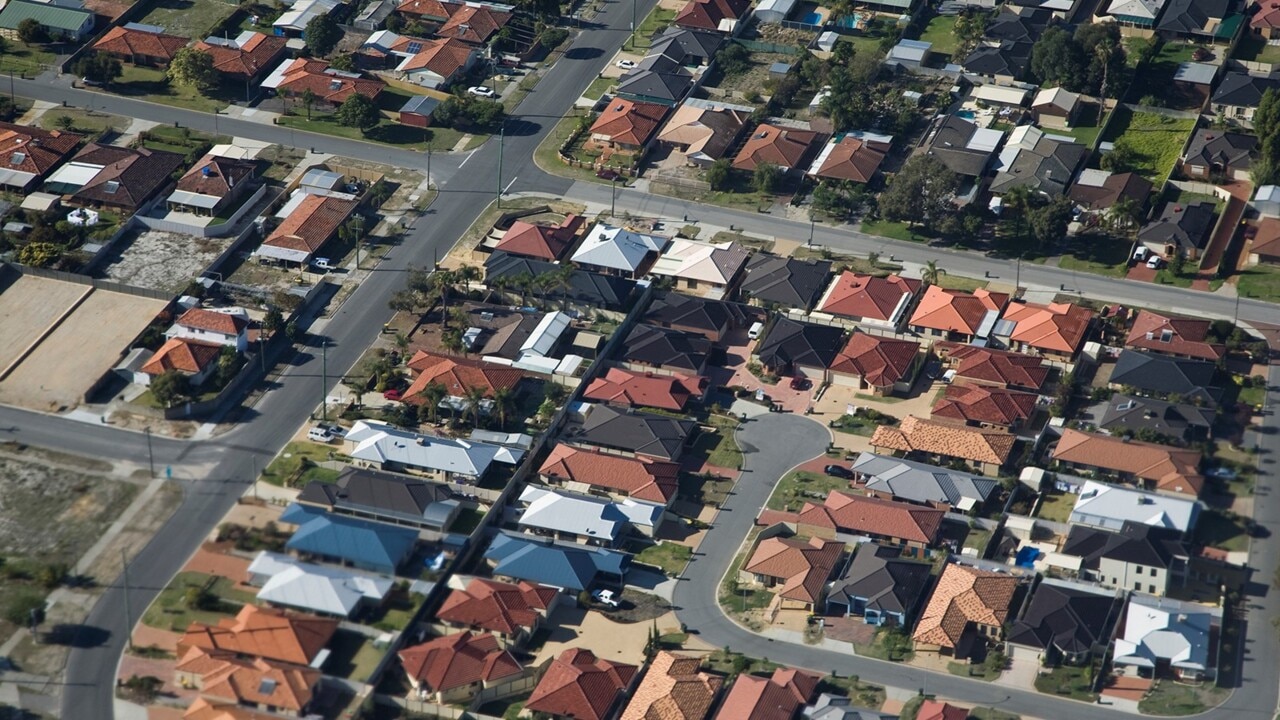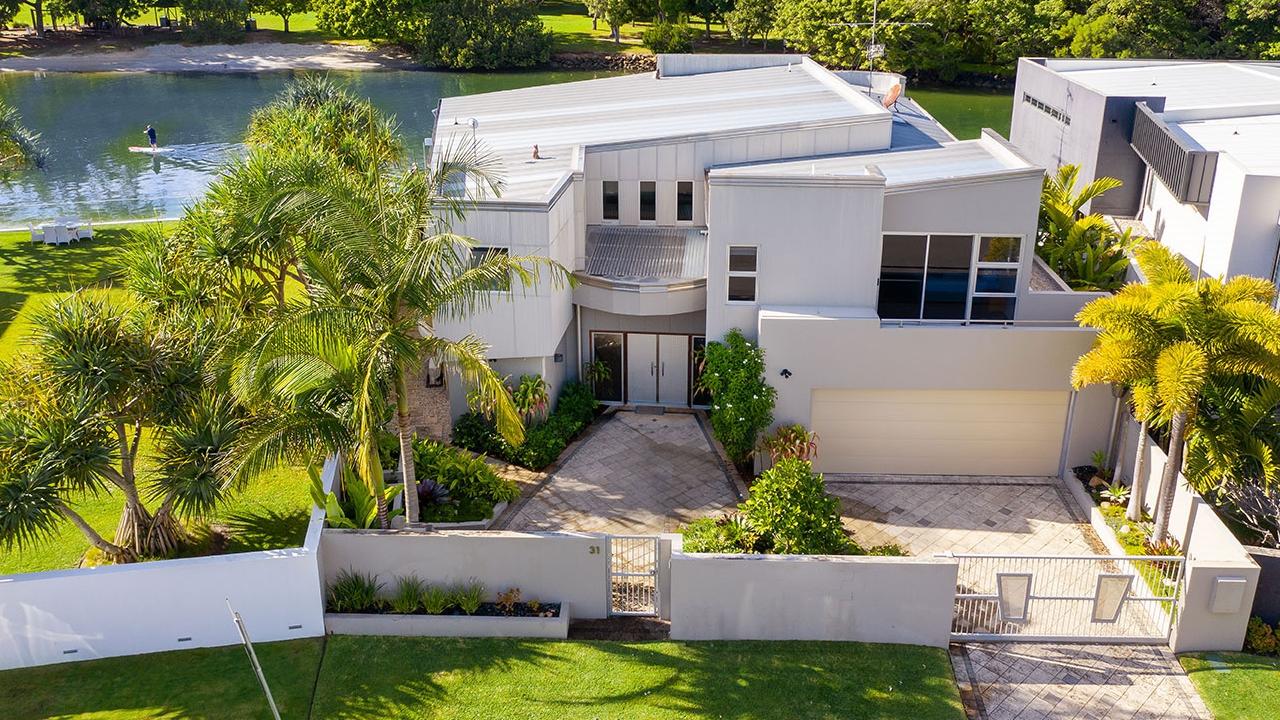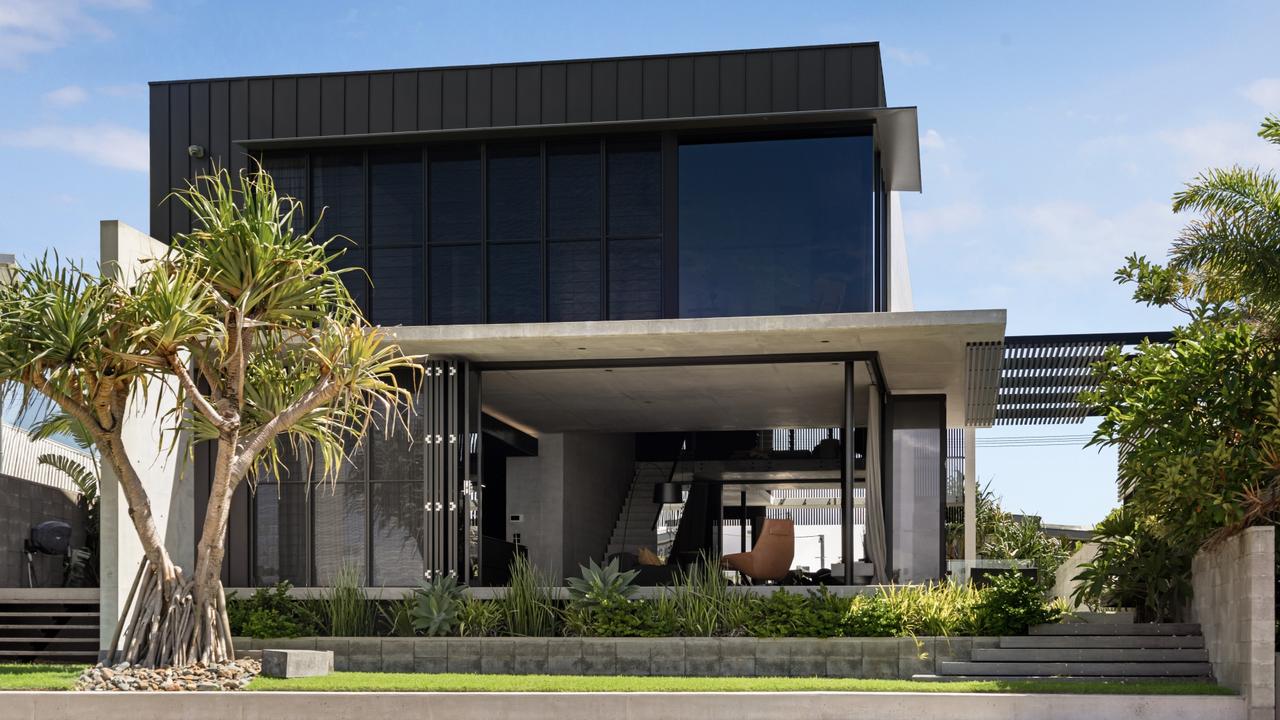Rental affordability crashes to worst on record
Affordability has slumped to its worst level in at least 17 years, with a lack of supply at the root of the problem.

Rental affordability in Australia is now at its worst levels on record, with a dramatic boost in home building and assistance for stressed renters needed to ease the pressure, according to research house PropTrack.
In its first report on the sector, PropTrack found households earning the median income of roughly $111,000 can afford to rent the smallest share of properties since 2008, when records began.
The crisis has been driven by surging rents right across the country, which has left rental affordability at its worst level in at least 17 years.
The problems have a number of root causes, including the surge in rent prices after the pandemic, with supply failures — rather than immigration alone — to blame.
Just 39 per cent of rental properties advertised for rent on realestate.com.au from July to December 2023 were affordable across the country for a typical-income household spending 25 per cent of their income.
Renters in NSW, Tasmania and Queensland face the worst affordability. Notably, a typical-income household can afford just 28 per cent of rentals advertised in NSW.
The picture for low- and middle-income households is even tougher. A household earning $49,000 per year — the 20th percentile of income — can essentially afford no rental properties.
PropTrack senior economist and report co-author, Angus Moore, said there had been a substantial change from conditions before and during the pandemic.
“The deterioration in affordability has been driven by the significant increase in rents that we’ve seen since the pandemic, which wages have not kept pace with. Rents nationally are up 38 per cent since the start of the pandemic,” he said.
Mr Moore said at the lower end of income distribution renting was extremely challenging. “This highlights the importance of rental support for low-income renters, such as Commonwealth Rent Assistance,” he said.
Mr Moore said without support, renting would be effectively impossible for many of these households. “Longer term, increasing the availability and supply of rentals is critical to improving affordability,” he said.
Mr Moore said rents were growing quickly because rentals were extremely scarce at the moment, with incredibly low rental vacancy rates around the country. “The only way to solve that, sustainably over the long term, is to have more rentals where people want to live. And that means building more homes,” he said.
Victoria was the most affordable state to rent in, with a median-income household able to afford more than half of advertised rentals, though affordability has worsened markedly over the past 12 to 18 months.
But the national problem has arisen partly as incomes have not kept pace with rent hikes. From FY19 to now, national median household income has increased 19 per cent, while since the pandemic median rental prices grew 38 per cent.
This shows just how tough it is for pressed renters, while properties at the most affordable end of the market — the 10th percentile — have seen faster growth in rents than those at the more expensive end of the market.





To join the conversation, please log in. Don't have an account? Register
Join the conversation, you are commenting as Logout